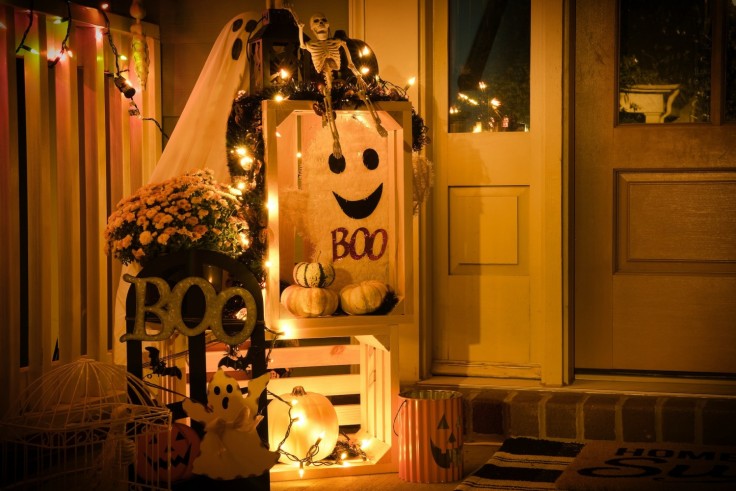
Halloween is a holiday celebrated annually on October 31. This tradition originally came from the ancient Celtic festival of Samhain where individuals would light bonfires and wear certain costumes to ward off ghosts. Pope Gregory III, designated November 1 as a day to honor all saints, in the eighth century. Soon after, All Saints Day incorporated some of the traditions of Samhain, History reported.
Way back then, the evening before was commonly known as All Hallows Eve and soon evolve into Halloween. Over time, the holiday evolved into a day of activities such as trick-or-treating, festive gatherings, carving jack-o-lanterns, eating treats, and donning costumes. Basically, people wear costumes during Halloween due to the belief that the souls of the dead roamed the earth at the time.
On the other, although it may not be essential and fun for adults, Halloween serves as a venue for kids to develop feelings and establish self-esteem particularly when they join trick or treat as it allows them to work and interact with other individuals in the same society. They also develop strategies while using both imagination and thinking skills. Moreover, young ones are given the chance to reveal creativity and self-expression that parents would not expect.
"Gradually grooms them into innovative young members of society"
Thankfully, there are many kids who now fully understand the concept of Halloween including dressing up for the said holiday. Children may use the existence or absence of proof to establish decisions about what is real. Although it may not appear likely to some people, there are also potential benefits entailed with wearing certain costumes. Furthermore, kids are given the opportunity to explore alternative identities by pretending to be someone or something else.
This enhances the kid's imaginations and "gradually grooms them into innovative young members of society." Consequently, the Halloween celebration leaves both unforgettable and precious moments in the hearts of the children as well as a great opportunity for parents to entirely know the emotional capabilities of their children.
In fact, dressing up during Halloween is a form of imaginative play which only means that the imaginative play of the children boosts problem-solving and self-regulation skills. Kids eventually establish certain situations and act out social events. As an outcome, kids are able to test out both new ideas and behaviors in a more comfortable environment. Kids who wear costumes during Halloween develop creative thinking and communication skills while they enjoy the said holiday, Healthline says.
What is the right age when trick-or-treating?
Wearing a spooky outfit and ringing doorbells on Halloween have been a tradition in the United States. Many trick-or-treaters began knocking on doors at sunset or around 5:30 or 6 pm in your local time zone. However, officials in Chesapeake, Virginia, have said that age 14 should be the cutoff for trick or treat while the city of Bathurst in New Brunswick, Canada, passed a law prohibiting children, 16 and older from trick or treating and ringing doorbells to demand a sweet treat.
Hence, Keri Wilmot, an ambassador for the Genius of Play and a pediatric occupational therapist argues that trick-or-treat is a fair game which means there should be no age for children to stop doing trick-or-treats as everyone must be enjoying the holiday.
Parents emphasized that all kids regardless the age should have the opportunity to celebrate Halloween, hence, it still depends on the parents to help kids determine what that means as every family and every child are different. Moreover, childhood does not end when a child reaches a certain age or height.
Related Article : Making Halloween Fun: 10 Spooky DIY Halloween Crafts for Toddlers